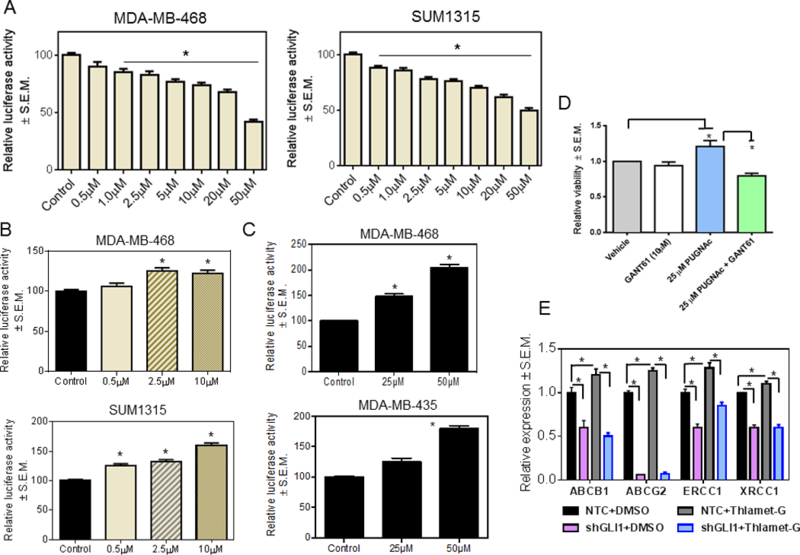Figure 4. O-GlcNAcylation functionally regulates the activity of GLI.

A, 8X-GLI luciferase activity is decreased in a dose-dependent manner by treatment with OSMI-1, an OGT inhibitor. DMSO was used as a control (p<0.0001 for all comparisons). B and C, inhibiting OGA with Thiamet-G (p<0.0001 for all comparisons) or PUGNAc ((MDA-MB-468: p=0.003 (25μM); p<0.0001 (50μM). MDA-MB-435: p=0.004 (25μM); p<0.0001 (50μM)) increases 8X-GLI activity in a dose dependent manner. DMSO was used as a control for Thiamet-G and ethanol for PUGNAc. D, MDA-MB-468 cells treated with PUGNAc show increased viability (p=0.04 for 25μM PUGNAc). This is reversed when the cells are co-treated with PUGNAc and GANT61 (p=0.0087 for PUGNAc+GANT61). E, SUM1315 cells stably transfected with a non-targeting shRNA control (NTC) or a GLI1-silencing plasmid (shGLI1), were treated with DMSO (vehicle control) or Thiamet-G. Thiamet-G upregulates transcript levels of the drug resistance proteins. GLI1 silencing renders cells unable to respond to Thiamet-G as evidenced by decreased expression of drug resistance proteins (*p<0.05). ANOVA was applied for data depicted in A and B and the unpaired t-test was used for analysis of data in C-E.
